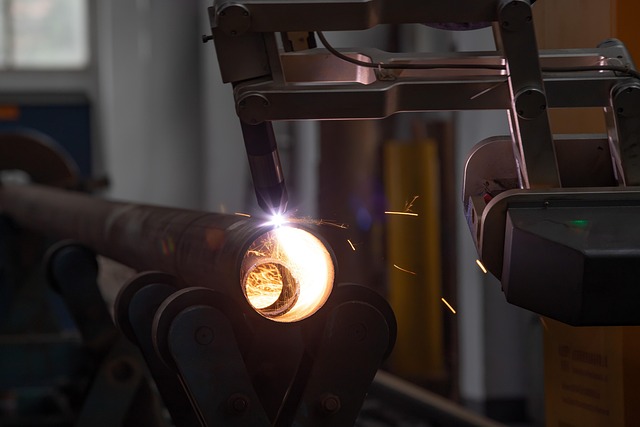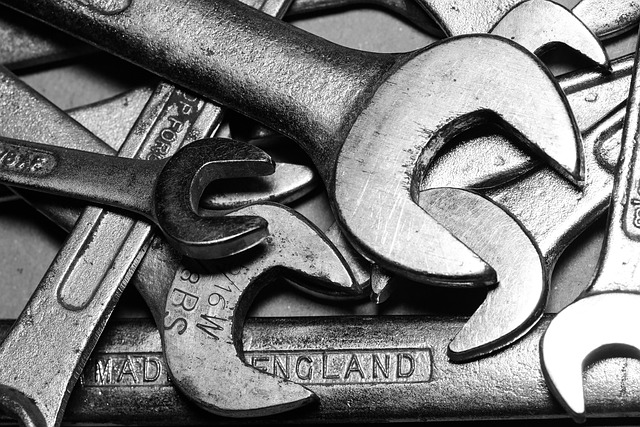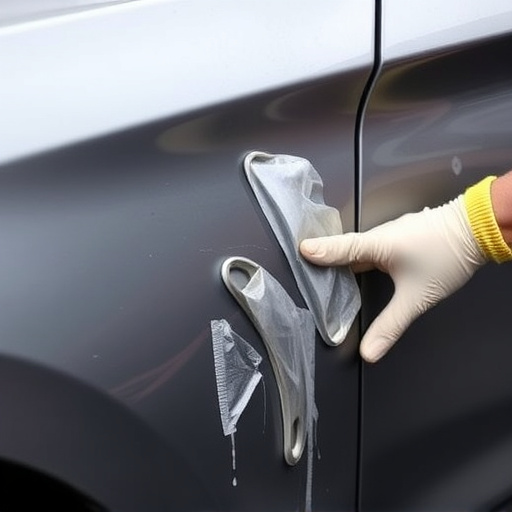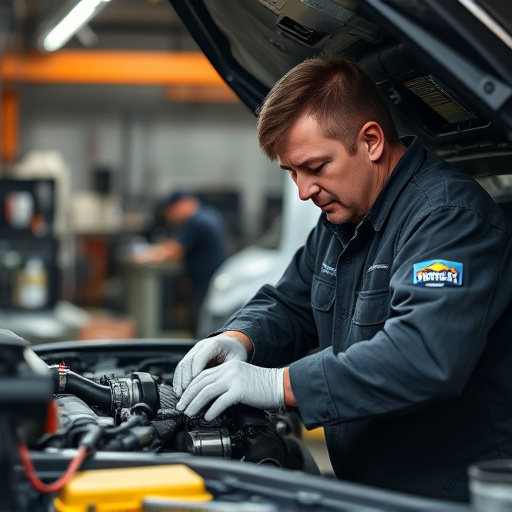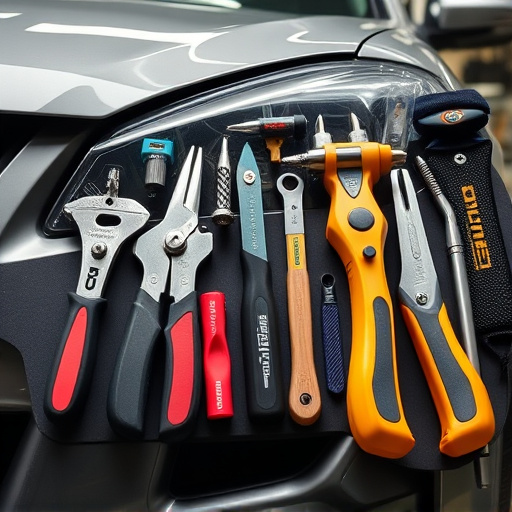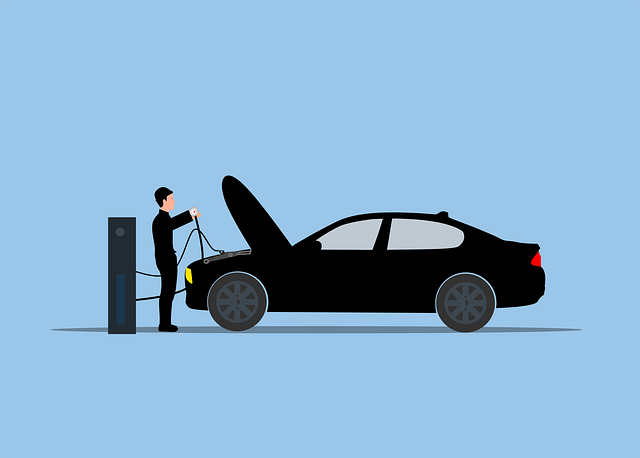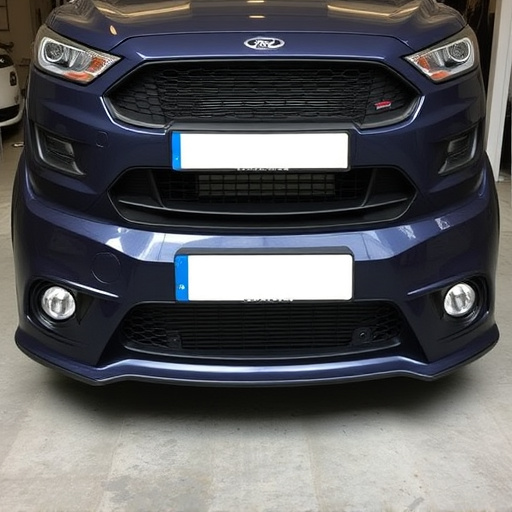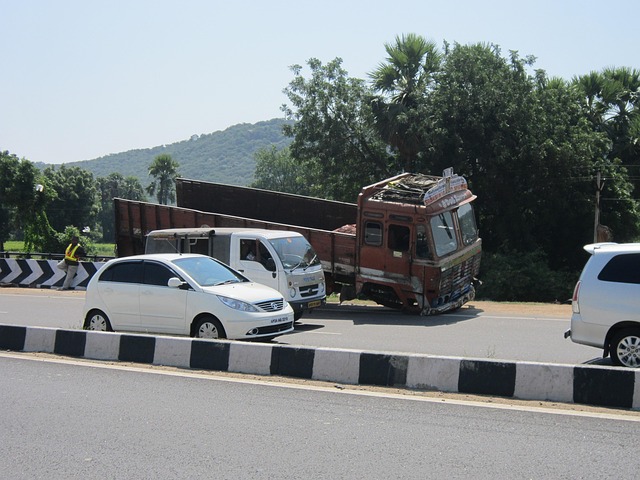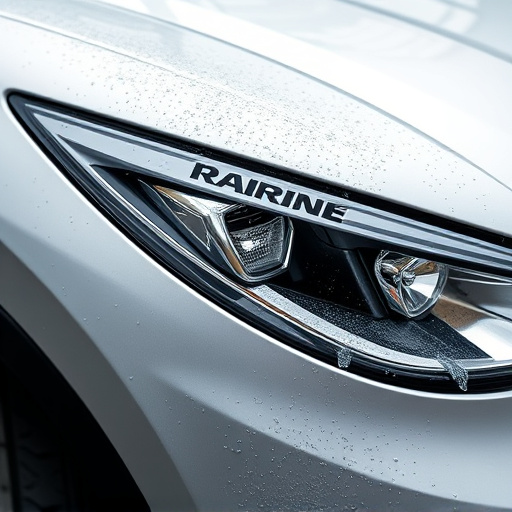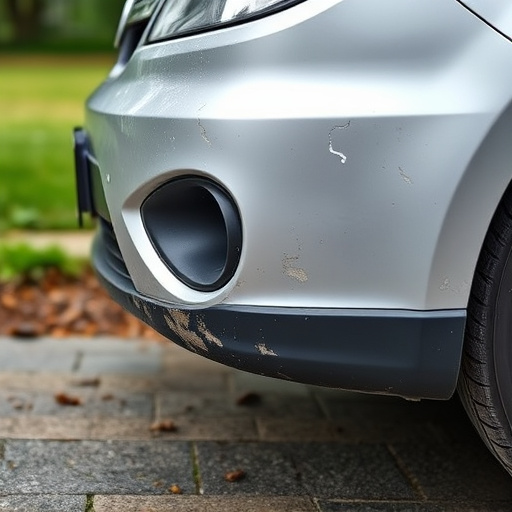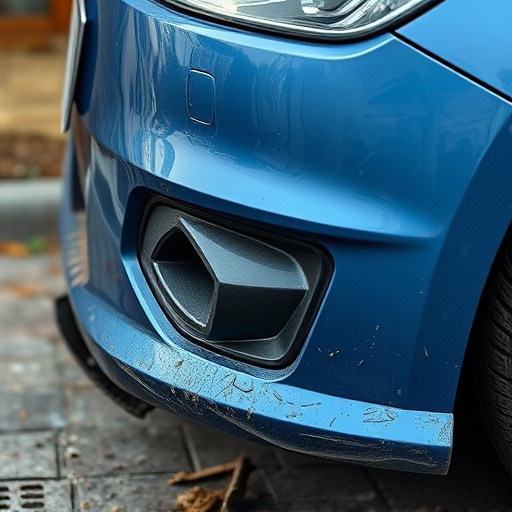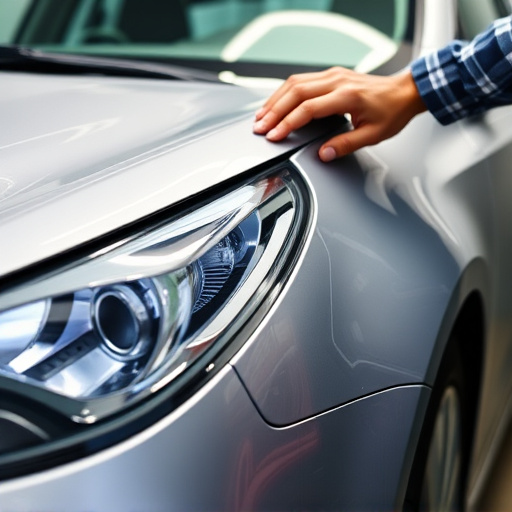Aftermarket auto glass, though cost-effective, demands meticulous selection and professional installation to ensure safety and structural integrity. Poor quality or misinstalled glass can lead to reduced visibility, water damage, and compromised vehicle safety features. Regular inspections are crucial to identify damages, prompting timely replacements guided by automotive experts for optimal vehicle protection.
Aftermarket auto glass is a popular choice for vehicle owners looking to replace their cracked or damaged factory glass. However, understanding when it becomes a safety hazard is crucial. This article breaks down the essentials of aftermarket auto glass, explores factors that can contribute to potential dangers, and provides guidelines on when it’s time to replace your windshield or side windows for optimal safety. Stay informed to ensure your vehicle and passengers remain secure on the road.
- Understanding Aftermarket Auto Glass: The Basics
- Factors Contributing to Potential Danger
- When to Replace Your Aftermarket Auto Glass for Safety Reasons
Understanding Aftermarket Auto Glass: The Basics

Aftermarket auto glass refers to window glass installed after a vehicle’s original manufacture, typically as a replacement for damaged or shattered glass in collision repair shops. While it serves an essential purpose in car body repair and fender repair, ensuring quality and safety is paramount. Many reputable collision repair shops offer aftermarket glass options that meet or exceed industry standards, featuring advanced technologies like impact resistance and improved visibility.
However, the danger arises when subpar or poorly installed aftermarket auto glass is used. Irregularities in manufacturing, incorrect fitting, or failure to adhere to safety guidelines can compromise the structural integrity of a vehicle’s window frames and affect driving visibility. Drivers may face reduced forward visibility, compromising their ability to navigate safely on the road. Thus, it’s crucial to insist on high-quality products and professional installation from trusted collision repair shops when considering aftermarket auto glass replacements.
Factors Contributing to Potential Danger

The safety of aftermarket auto glass is a concern that often goes overlooked until it’s too late. Several factors contribute to its potential danger, starting with quality control. Aftermarket glass, while more affordable than OEM (Original Equipment Manufacturer) glass, may not always meet the same rigorous standards. This can result in weaker bonds between the glass and the vehicle’s frame, increasing the risk of shattering or cracking under stress or impact.
Another significant factor is installation. Improperly installed aftermarket auto glass can lead to water penetration, causing damage to the vehicle’s interior and structural components over time. Moreover, incorrect alignment can affect the performance of the windshield wipers, compromising visibility and safety during adverse weather conditions. Therefore, it’s crucial to seek professional auto repair services or visit a reputable vehicle body shop for both installation and replacement to ensure the best protection and peace of mind on the road.
When to Replace Your Aftermarket Auto Glass for Safety Reasons

Aftermarket auto glass can be a cost-effective solution for car owners looking to replace damaged or cracked windows. However, it’s essential to recognize when this alternative becomes a safety hazard. While not all aftermarket glass is of poor quality, improper installation or subpar materials can compromise the structural integrity of your vehicle.
Regularly inspect your auto glass for signs of wear and tear. If you notice any chips, cracks, or loose pieces, it’s crucial to replace them promptly. Neglecting these issues could lead to further damage, affecting not just your car’s appearance but also its safety features, such as side impact protection. Remember, your automotive repair specialist is the best resource for determining when aftermarket glass should be replaced for the sake of your car’s overall safety and your well-being on the road.
Aftermarket auto glass can be a cost-effective solution, but it’s crucial to recognize potential risks. Understanding the factors that contribute to its danger and knowing when to replace it for safety is essential. Regularly inspect your vehicle’s glass for any signs of damage, wear, or poor installation, as these could compromise structural integrity and pose significant hazards while driving. By staying informed and taking proactive measures, you can ensure safer mobility.
